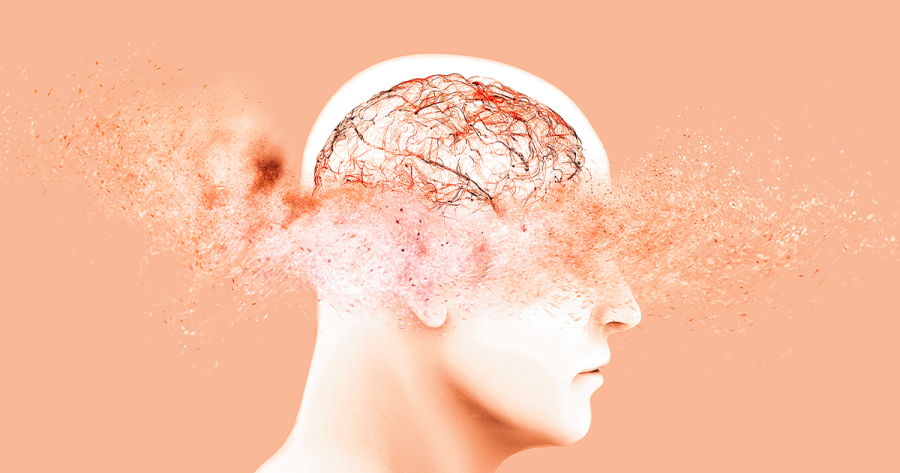Dementia is a complex neurological condition. As the disease progresses, it impairs cognitive functions, memory, and communication abilities, making it challenging for those with dementia to express their physical discomfort. Even though pain is prevalent among people with dementia, it often goes unrecognized and untreated. In part, that’s because it can be difficult to identifying pain.
The Challenge of Identifying Pain
Pain assessment in people with dementia poses a significant challenge due to the cognitive and communication impairments associated with the condition. Many of those with dementia may not be able to effectively communicate their pain due to cognition or language difficulties. Furthermore, they may exhibit non-specific or atypical behaviors that are not typically associated with pain, such as agitation, withdrawal, pacing, fidgeting, or changes in appetite or sleep patterns.
Determining Pain in Dementia
Recognizing and evaluating pain in those with dementia requires a comprehensive approach. Medical professionals should adopt a multidimensional assessment that includes both self-reporting and observational methods. Here are some strategies to consider:
Communication Assessment: Whenever possible, attempt to obtain self-reporting of pain by encouraging verbal expression or utilizing pain scales tailored for individuals with cognitive impairments. However, it is important to acknowledge that self-reporting may not always be reliable or feasible.
Observation and Behavioral Assessment: Pay attention to physical cues, facial expressions, and body language that may indicate pain. Monitor changes in behavior, such as increased vocalizations, restlessness, or repetitive movements. Caregivers and family members who are familiar with the individual’s baseline behavior can provide valuable insights.
Pain Assessment Tools: Several tools and scales have been developed to assess pain in individuals with dementia, such as the Pain Assessment in Advanced Dementia (PAINAD) scale or the Abbey Pain Scale. These tools consider observable behaviors and physiological parameters to gauge the presence and intensity of pain.
Treating Pain in People with Dementia
Once pain is identified, appropriate management becomes crucial. Pain should never be dismissed as an inevitable consequence of dementia. It is essential to address pain promptly to enhance the individual’s quality of life and overall well-being. Medical professionals should consider the following approaches:
Non-Pharmacological Interventions: Non-drug interventions can be effective in managing pain in those with dementia. These may include gentle touch, massage, heat or cold therapy, music therapy, and relaxation techniques. These interventions can provide comfort and promote relaxation, potentially reducing the reliance on medication.
Pharmacological Interventions: If non-pharmacological interventions do not provide sufficient relief, medications may be necessary. However, caution should be exercised due to the increased sensitivity and potential side effects in those with dementia. Medications should be prescribed and monitored by healthcare professionals with expertise in geriatric care and dementia.
Individualized Care: Recognizing that pain is subjective, it is crucial to tailor pain management approaches to the unique needs of each individual. Regular reassessment and adjustment of pain management strategies are essential to ensure optimal comfort and minimize side effects.
Pain in those with dementia is often underdiagnosed and undertreated due to the challenges associated with identifying the pain. Through careful observation, communication assessment, and utilization of appropriate pain assessment tools, healthcare professionals can better identify pain in this vulnerable population. Moreover, a multidimensional approach to pain management, encompassing both non-pharmacological and pharmacological interventions, can significantly improve the quality of life for individuals with dementia.
If you need dementia caregiver support, please join my dementia support group or schedule your 30-minute consultation.
Connect with Tami
Get information, guidance, and support delivered to your inbox each month.

